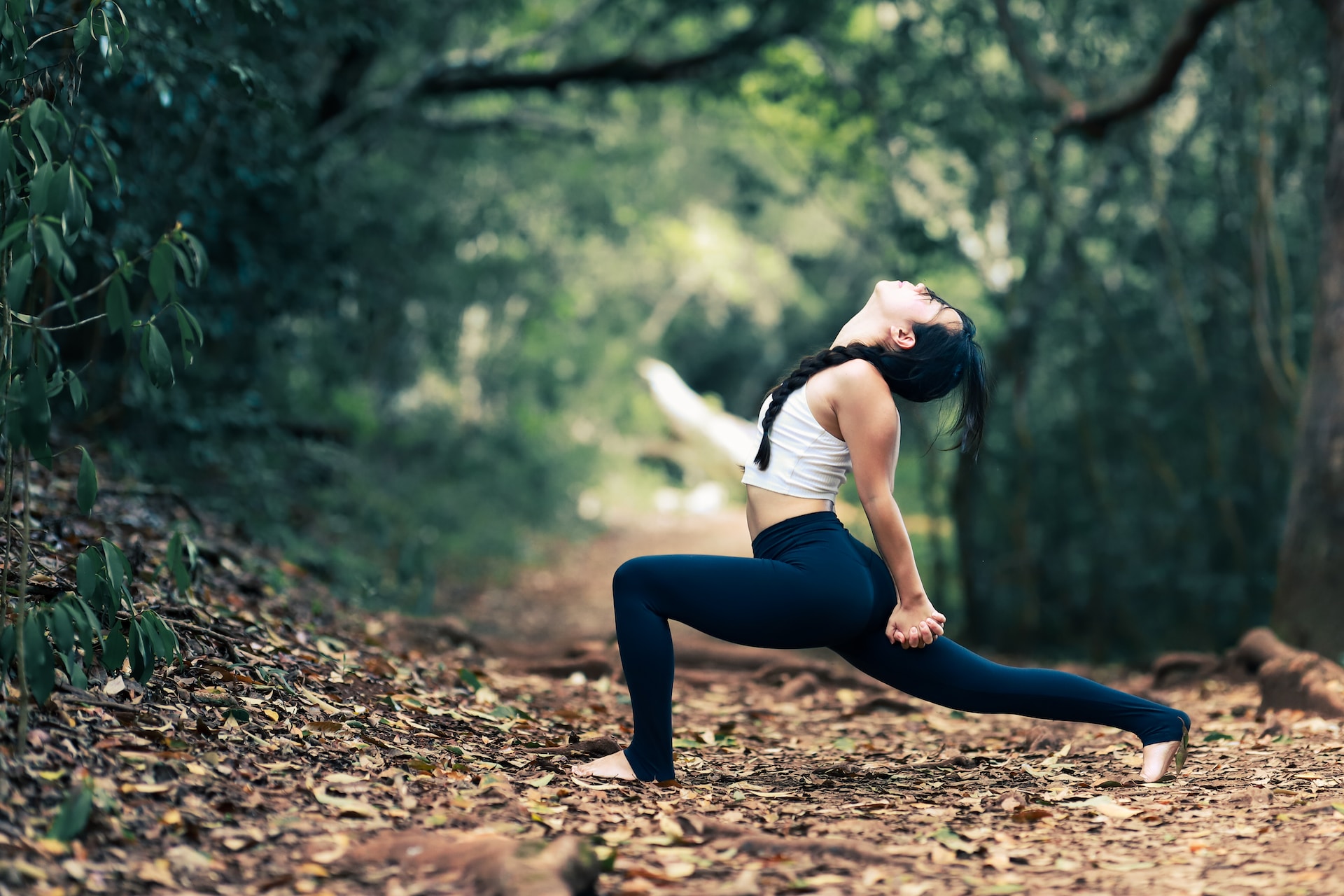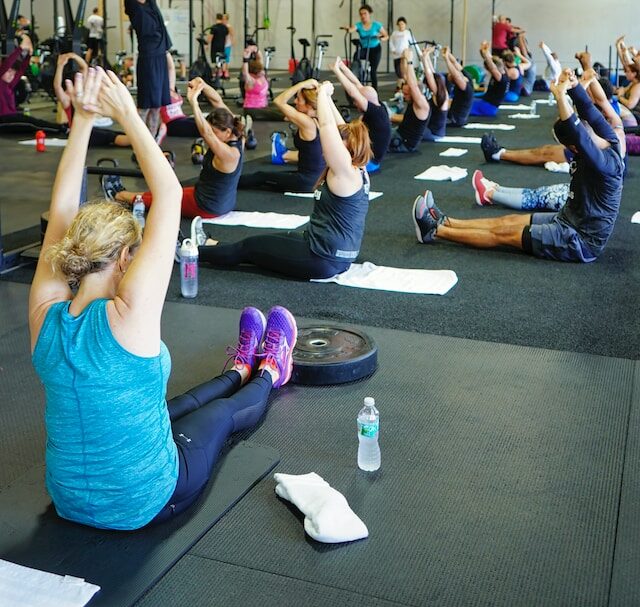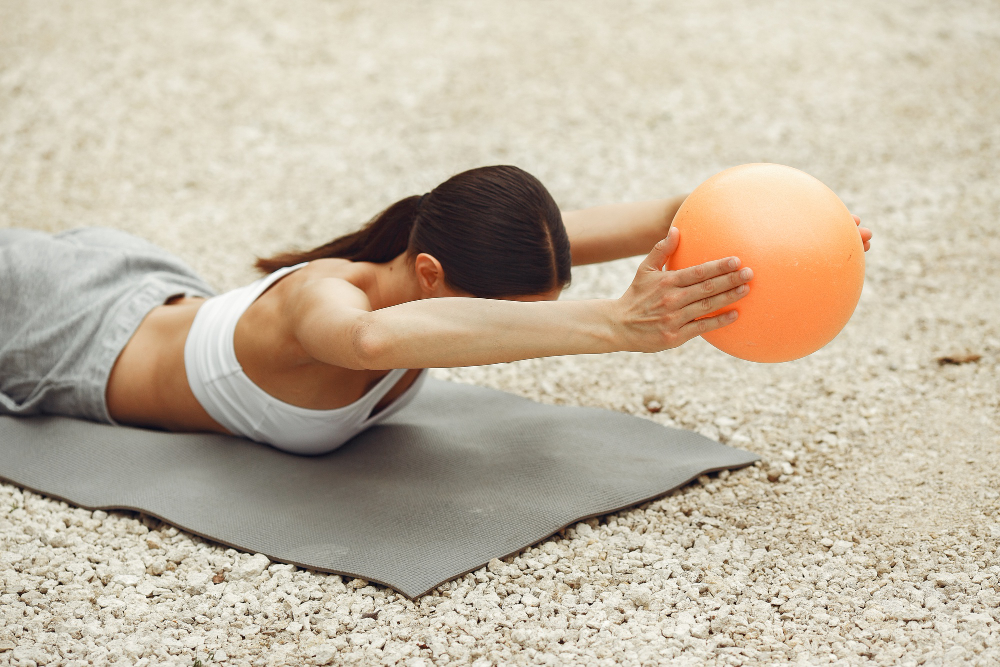Are you looking for an efficient way to improve hip mobility and reduce lower back pain? Unlocking your deep hip rotators is the key.
These muscles are crucial for optimal movement, stability, and hip strength. Unfortunately, many exercisers often overlook them due to their difficult-to-reach location and small size.
You can think of your deep hip rotators as the muscles responsible for helping you rotate and move your hips in all directions. They are located in the deeper layers of the hip joint anatomy and form an integral part of its structure.
Deep hip rotators play a key role in providing stability to the hip joint, enabling it to rotate freely when performing certain activities. The muscles involved include gluteus minimus, piriformis, obturator internus, Gemelli superior and inferior, and quadratus femoris.
All these muscles work together to provide a range of motion for movements like standing up from sitting or twisting the torso while walking.
By unlocking your body’s inner muscles, you’ll be able to reap the rewards of improved flexibility and range of motion.
Gaining access to your inner core muscles can help you unlock a new level of mobility and stability. Foam rolling exercises can effectively unlock the deep hip rotators, which are often difficult to reach with traditional hip strengthening exercises.
These exercises are beneficial for relieving hip pain, increasing hip mobility, and improving overall strength in the hips. Physical therapy is often advised when doing foam rolling exercises, as it allows for proper form and technique to ensure maximum results.
Dynamic stretching is a great way to activate your inner core muscles, helping you maximize mobility and stability in your hips. Specifically, exercises that target the deep hip external rotators like the gemellus superior, gemellus inferior, and quadratus femoris can help unlock tightness around your hips.

Photo Credit: Luemen Rutkowski | Unsplash
To start, try these dynamic hip rotation exercises:
For functional movement exercises, you can try:
Strengthen and stabilize your core with isometric exercises that target the muscles of your inner hips! Isometrics are a great way to build strength in the deep rotators of the hip, such as the deep external rotators, hip flexors, adductors, and abductors. You can generate tension without movement by engaging these muscles through static holds at various joint angles to increase strength and stability.
This will help improve coordination and control throughout your body, increasing power in all areas.
Now that you understand the benefits of isometric exercises for the deep hip rotators, let’s look at some core activation exercises that can be beneficial.
Here are four simple moves to get your deep hip rotators going:
Incorporating these exercises into your regular routine will strengthen and activate your deep hip rotators, which can improve mobility and flexibility in the hips.
Adding resistance band exercises to your routine can be an effective way to further target and challenge the muscles around your hips. By looping a band around your legs, you can move through dynamic hip stretches and abduction/adduction exercises which help to strengthen the deep hip rotators.
When performing these movements, focus on engaging your core to keep tension in the glute muscles and ensure proper form. This type of exercise helps promote mobility while also building strength in the hips.
Balancing on one leg can help challenge and engage the deep hip rotators, unlocking their full potential. Strengthening these muscles is vital for stabilizing the hips during dynamic movements like running, walking, and jumping.
Balance exercises, such as single-leg deadlifts or side planks, are ideal for activating all of the hip’s rotator muscles. Practice slowly and focus on maintaining your balance to achieve maximum results from each exercise.
With consistent practice and proper form, you’ll soon unlock the strength and stability of your deep hip rotators.
Strengthen your deep hip rotators with bodyweight exercises! These muscles are located in the gluteal region of your lower back and are essential for mobility and stability. To target them effectively, you should focus on moves such as single-leg bridges, clamshells, side-lying leg raises, and squats. Start slowly and increase reps or intensity over time to ensure proper form and prevent injury. Challenge yourself to improve posture while performing these exercises for maximum benefit.

Photo Credit: Photo Genius | Unsplash
Activating your deep hip rotators through plyometric exercises can help you maximize mobility and stability. Try these exercises to get started:
Plyometrics are powerful tools for increasing strength and power, enabling the muscles to contract more quickly and powerfully, resulting in improved performance.
Deep hip rotators are a group of muscles in the hip that play a crucial role in stabilizing the hip joint and facilitating its movements. They are located deep in the buttock region and are responsible for the rotation of the hip joint.
The six deep rotators of the hip are:
These muscles stabilize the hip joint and allow for various movements, including rotation.
The term “deep rotators” generally refers to the deep rotator muscles of the hip. These include the piriformis, gemellus superior, gemellus inferior, obturator internus, obturator externus, and quadratus femoris. These muscles are located deep in the buttock region and are responsible for the rotation of the hip joint.
The deep hip rotators can be activated through specific exercises targeting these muscles. These exercises often involve movements that require rotation of the hip. For example, clamshell exercises, hip rotations, and certain yoga poses like the pigeon pose can help activate these muscles.
 Photo Credit: prostooleh | Freepik
Photo Credit: prostooleh | Freepik
It’s recommended to perform these exercises under the guidance of a trained professional to ensure proper form and prevent injury.
The deep hip rotators consist of six muscles: the piriformis, gemellus superior, gemellus inferior, obturator internus, obturator externus, and quadratus femoris.
The deep six lateral rotators of the hip primarily function to rotate the hip joint laterally. They are responsible for turning the thigh bone (femur) outward.
The deep hip rotators are crucial for maintaining proper alignment and stability of the hip joint. They help prevent impingement, provide support to the sacroiliac joint, and contribute to optimal gait and lower limb function.
The deep hip rotators attach to various bony landmarks in the hip and pelvis, particularly the greater trochanter of the femur (thigh bone) and the acetabulum (hip socket).
The muscles included in the deep hip rotator group are the piriformis, gemellus superior, gemellus inferior, obturator internus, obturator externus, and quadratus femoris.
The deep hip rotators are primarily active during hip flexion movements, such as when you bring your knee towards your chest. They also play a role in maintaining hip stability during weight-bearing activities.